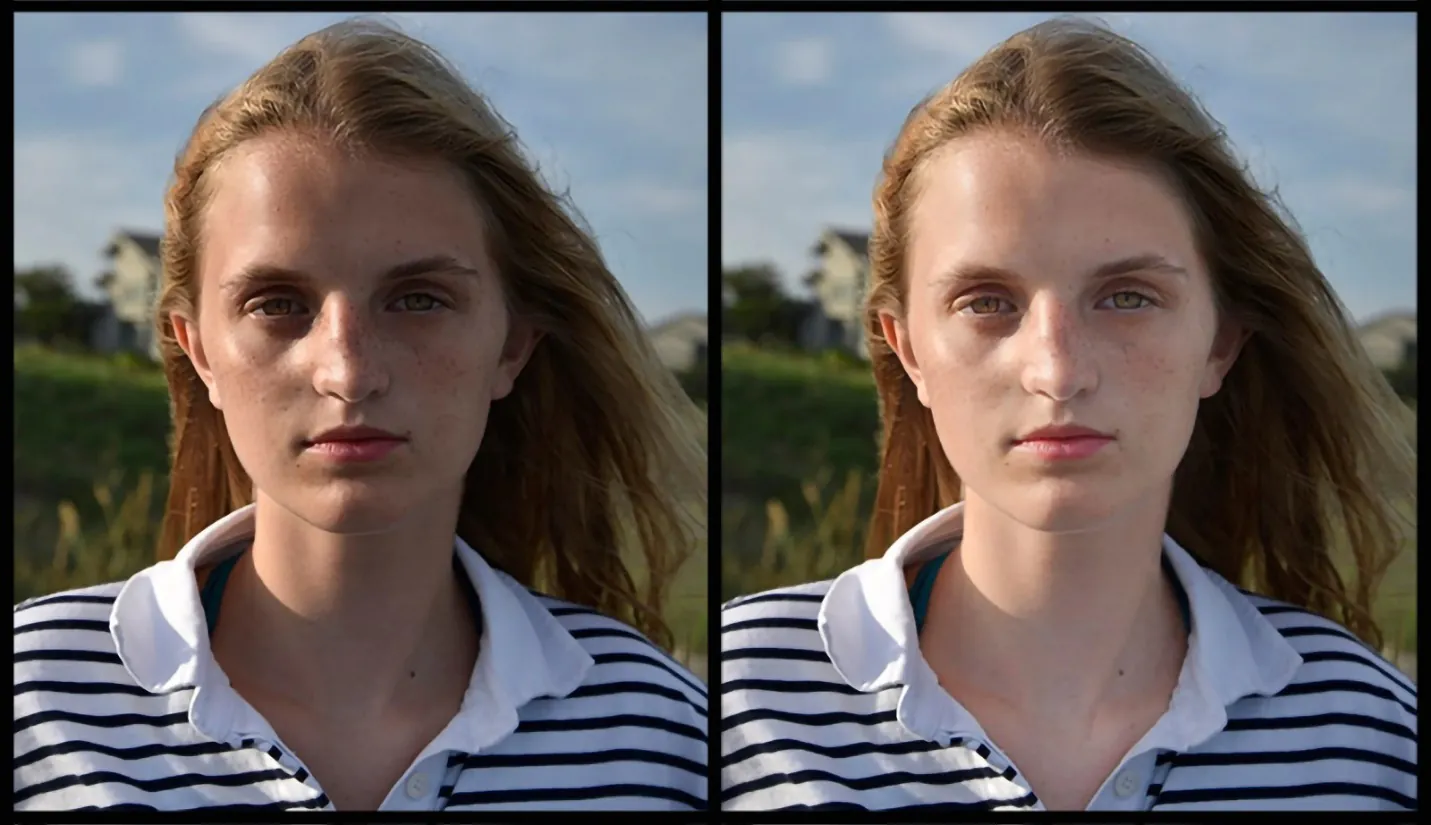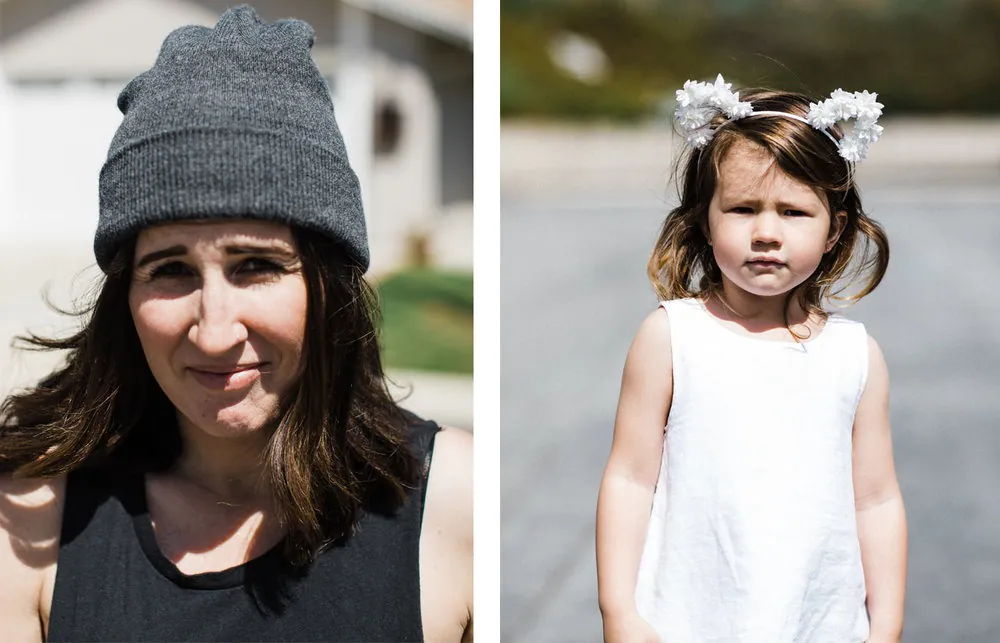
How To Get Rid Of Shadows In Pictures
The art of photography mainly depends on the ability to capture light to produce eye-catching photos. However, shadows can frequently hurt a photograph’s quality by creating unwelcome distractions and lowering the image’s overall aesthetic appeal. It is essential to comprehend and use efficient strategies to eliminate shadows, whether taking pictures of still life, landscapes, or people. This blog examines various steps and techniques photographers can use to eliminate shadows in their images successfully.
Understanding the Nature of Shadows
Before going for techniques to eliminate shadows, it is essential to grasp the fundamental principles behind their formation. Shadows are created when an object obstructs the path of light, resulting in the absence of illumination on the surface behind the object. The intensity and direction of light, the distance betwixt the subject and the light source, and the object’s shape are all significant variables in the formation of shadows.
The intensity of light affects the darkness and sharpness of shadows. When the light source is near the subject, shadows tend to be more prominent and defined, while a distant light source creates softer shadows with diffused edges. The direction of light also impacts shadow appearance. Light coming from a low angle, such as during sunrise or sunset, creates elongated shadows, adding depth and drama to the photograph. On the other hand, overhead light sources tend to produce shorter shadows that may appear even more.
Furthermore, the shape of the object casting the shadow influences its form. Objects with irregular shapes or complex contours may cast intricate or distorted shadows. Recognizing how these factors interact allows photographers to anticipate and manipulate shadows to their advantage.
Optimal Lighting Strategies
By employing optimal lighting strategies like utilizing natural light, artificial lighting techniques, or modifiers, understanding how light interacts with the subject allows photographers to control and manipulate shadows, resulting in visually pleasing and well-exposed photographs.
Natural Lighting:
Natural light is one of photography’s most effective methods to reduce shadows. Shooting during the “golden hours,” shortly after sunrise or before sunset, provides soft, diffused light that minimizes harsh shadows. During these times, the sun’s low angle creates a more even light distribution, resulting in a natural and pleasing illumination. Shooting on overcast days can also help reduce shadows as clouds act as natural diffusers, softening the light and minimizing harsh shadows.
Artificial Lighting:
Photographers can employ artificial lighting techniques to eliminate shadows when natural light is insufficient or unavailable. Multiple light sources positioned from different angles can help evenly illuminate the subject, minimizing shadows. Softboxes, umbrellas, and diffusers can soften and diffuse light, creating a more balanced exposure. Photographers can manipulate the shadows to achieve the desired effect by adjusting the intensity and direction of artificial lights.
Fill Flash:
Fill flash is another effective technique to eliminate shadows, particularly when photographing subjects in bright sunlight. The flash can fill the shadows, reducing their intensity and creating a more balanced exposure. Using the flash in moderation is essential, ensuring that it does not overpower the natural light and create an unnatural look.
Reflectors:
Reflectors are versatile tools for shadow control. They can bounce light onto the subject, filling in shadows and creating a more evenly lit scene. Reflectors come in various colours and surfaces, such as white, silver, gold, or translucent. Photographers can choose the appropriate reflector based on their desired effect and the lighting conditions. Reflectors can be positioned to redirect natural or artificial light, effectively reducing shadows and adding dimension to the subject.
Light Modifiers:
Light modifiers such as diffusers, softboxes, and umbrellas can be used with artificial light sources to soften and diffuse the light, minimizing shadows. These modifiers help create a more flattering and even illumination by scattering the light and reducing its harshness. Experimenting with different sizes and types of light modifiers can provide photographers with creative control over the lighting conditions and shadow reduction.
Controlling Shadows through Composition and Positioning
Controlling shadows through composition and positioning is an essential aspect of photography. Photographers can minimize or eliminate unwanted shadows by strategically adjusting the camera angle and subject placement and utilizing various tools, resulting in more visually appealing images. Following are some techniques to achieve shadow control through composition and positioning:
Change Perspective:
Altering the shooting angle or viewpoint can significantly impact the presence of shadows in an image. By exploring different perspectives, photographers can manipulate the relationship between the subject, the light source, and the background. For example, shooting from a higher vantage point can reduce the length of shadows or cast them in a direction that enhances the composition. Conversely, shooting from a lower angle can create long shadows for added drama. Experimenting with different perspectives allows photographers to find the optimal camera position that minimizes unwanted shadows.
Subject Placement:
Carefully positioning the subject about the light source can help control shadows. Placing the subject facing the light source or having the light source behind the camera can help minimize shadows on the subject’s face or other critical areas. This technique ensures that the light falls directly on the subject, reducing the appearance of unwanted shadows. However, it’s important to consider the desired effect and the mood of the photograph, as deliberate shadow placement can also add depth and dimension to the composition.
Use Reflectors:
Reflectors are valuable tools for shadow control. They bounce light onto the subject, filling in shadows and creating a more evenly lit scene. Reflectors come in various colours and surfaces, such as white, silver, gold, or translucent, providing flexibility to manipulate the quality and intensity of reflected light.
Shade and Diffuse Light:
When photographing in harsh lighting conditions, seeking shade can help control shadows. Photographers can achieve a more even lighting distribution and minimize harsh shadows by moving the subject into a shaded area or creating shade using umbrellas or diffusers. Diffusing light through translucent materials or using devices like diffusers or softboxes helps soften the light and reduces the contrast between highlights and shadows.
Posture and Pose:
The subject’s posture and pose can influence the appearance of shadows. In portrait photography, directing the subject to tilt their head or adjust their body position slightly can help minimize unflattering shadows on the face or other body parts.
Post-Processing Techniques
Post-processing techniques offer photographers additional opportunities to eliminate shadows and enhance the overall quality of their images. Here are some effective post-processing techniques for shadow control:
Dodge and Burn:
Dodging and burning are techniques to lighten or darken specific areas of an image selectively. By using tools like the dodge brush to lighten shadows or the burn brush to darken highlights, photographers can balance the exposure and reduce the prominence of unwanted shadows. This technique allows precise control over shadowed areas, ensuring a more even and pleasing final result.
HDR Photography:
High Dynamic Range (HDR) photography involves capturing multiple exposures of the same scene using different levels of exposure and blending them. HDR preserves details in shadowed and highlighted areas by merging the und and overexposed images. This technique enables photographers to achieve even more exposure throughout the image, reducing the presence of harsh shadows.
Luminosity Masks:
Luminosity masks provide advanced control over specific tonal ranges in an image. These masks allow photographers to select and manipulate shadows independently, enabling adjustments that affect only the shadowed areas. Photographers can reduce their intensity by applying targeted shadows edits and achieving a more balanced exposure.
Shadow/Highlight Adjustment:
Most post-processing software offers shadow/highlight adjustment tools that allow photographers to fine-tune the shadows in an image. These tools provide controls to selectively lighten the shadows without affecting other areas of the photograph. By adjusting the shadow sliders, photographers can reveal details in the shadowed areas and reduce their prominence.
Contrast and Tone Curve Adjustments:
Manipulating contrast and tone curves can also help control shadows during post-processing. By adjusting the tone curve, photographers can modify the distribution of tonal values, effectively reducing the contrast between highlights and shadows. This adjustment can mitigate the presence of deep shadows and create a more balanced and pleasing overall tonal range.
Equipment Considerations
Equipment considerations play a crucial role in controlling shadows during photography. Here are some key factors to consider:
Tripod:
Using a stable camera setup is vital for eliminating shadows caused by camera shake. A tripod provides a solid foundation, reducing the chances of unintentional movement that can lead to blurry or shadowed images. It ensures consistent framing and allows longer exposures without introducing a camera shake.
External Flash:
On-camera flashes can often produce unflattering shadows due to their proximity to the lens. Consider investing in an external flash unit that can be directed away from the subject. By bouncing or diffusing the flash off reflectors, walls, or ceilings, photographers can have more control over the lighting direction, minimizing unwanted shadows.
Light Modifiers:
Light modifiers such as diffusers, softboxes, and umbrellas can be used with external flash units or studio lights to soften and diffuse the light. These modifiers help reduce harsh shadows by scattering the light, creating a more even distribution.
Reflectors and Flags:
Reflectors and flags are versatile tools for controlling shadows. Reflectors bounce light onto the subject, filling in shadows and creating a more balanced exposure. Conversely, flags block or shape the light to prevent its direction and minimize unwanted shadows.
Conclusion
In conclusion, photographers can effectively eliminate shadows in their pictures by understanding the nature of shadows, implementing optimal lighting strategies, controlling shadows through composition and positioning, considering equipment factors, and utilizing post-processing techniques. These techniques enhance the visual appeal and quality of the final images.




